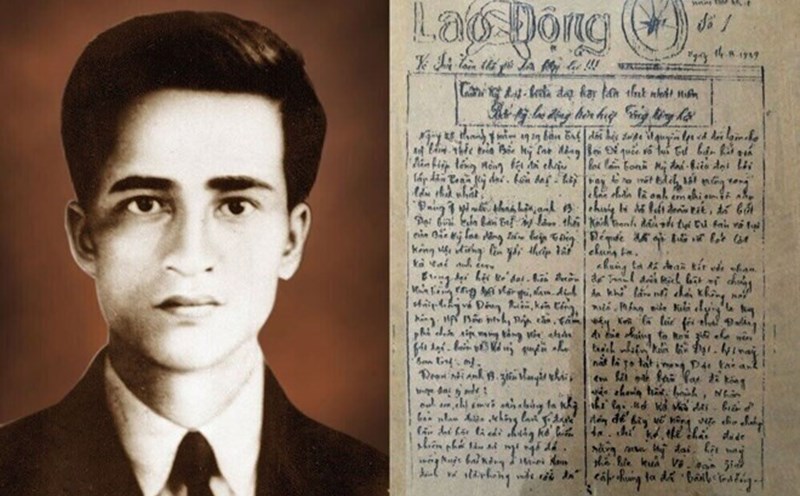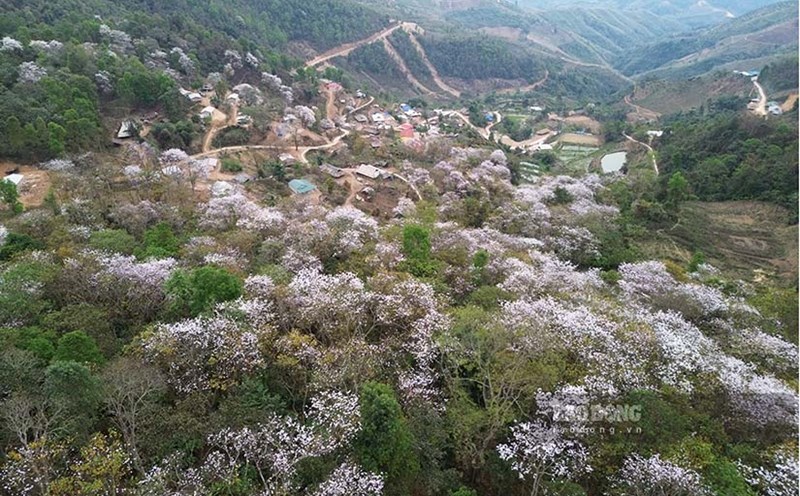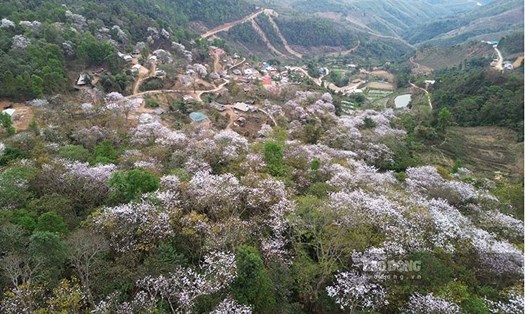On February 3, 1930 the Communist Party of Vietnam was founded. Under the leadership of the Party, the Red Trade Union (the predecessor of the Vietnam Trade Union today) gathered the boatmen and the main army of the Vietnamese revolution, creating the Soviet - Nghe Tinh climate from 1930 to 1931.
At the end of 1931, the struggle movement of the Vietnamese working class was brutally oppressed by the French colonialists, most of the Party cadres and the Red Trade Union were arrested by the enemy, causing the connection between the Party and the masses, the Red Trade Union and the workers' movement to be almost interrupted.
In that situation, despite the strict control of the French colonialists, the Red Club still actively propagates, mobilizes workers, and develops organizations. From 1932 to 1936, the revolutionary movement in the whole country began to recover.
From 1936, 2019, the Red Labor Union was renamed the Friendship Union and switched to the period of public sales activities. Thanks to the flexible organization, suitable to the situation, the workers' movement at this stage is still developing strongly.
In September 3, the second world war broke out, the French colonialists surrendered and reached a thoa thuanement with the Japanese occupiers to resolutely suppress the democratic movement against war of our people, and exercise the rights to trade union freedoms. In that situation, the Friendship Union had to withdraw to secret activities and take the name "Anti-imperial Workers' Union", in 1941 it was changed to "National Workers' Union" as the core for the activities of the Viet Minh organization.
Under the leadership of the Party, the Trade Union organization is truly the center of solidarity for Vietnamese workers. With over 20,000 people in 1945, union members became the core force that successfully carried out the August 1945 Revolution, giving birth to the Democratic Republic of Vietnam - the first Agricultural State in Southeast Asia.
After the success of the August Revolution in 1945, under the leadership of the Party, in March 1946 the Congress of the Northern and Central Workers' Rescue and the Southern General Confederation of Labor decided to unify the organization nationwide as the "National Workers' Union".
In June 4, at the Conference of cadres of the National Defense Trade Union, the name of the "National Defense Workers' Association" was changed to "Union".
On July 20, 1946 at the Hanoi Opera House, the "Vietnam General Confederation of Labor" was officially established and recognized as an official member of the World Trade Union Federation in00.
In the first years of the country's independence, the Vietnam Trade Union and the working class made many important contributions to protecting and promoting the fruits of the August Revolution, actively participating in the first General Election of the National Assembly of the Democratic Republic of Vietnam.
In the face of the French colonialists' renewed Invasion of our country, the capital's martyrs, the core of whom were workers, fought with a brave and brave spirit.
Performing the task of both resistance and national defense, the Vietnam General Confederation of Labor has organized a campaign for workers, civil servants and laborers (CNVCLD) to focus on building factories, workshops, producing weapons and military equipment; overcoming difficulties, enthusiastically competing for labor to serve the resistance.
In the Viet Bac battlefield, from January 1 to 15, 1950 the 1st Congress of the Vietnam General Confederation of Labor set a goal: "Encourage workers and civil servants nationwide, especially workers in the Military sector, to produce many weapons and equipment to serve the resistance war against French colonialism to victory".
The Congress elected the Executive Committee of the Vietnam General Confederation of Labor, consisting of 21 official members and 4 alternate members.
Comrade Hoang Quoc Viet - Standing Member of the Central Committee - was elected Chairman, Comrade Tran Danh Tuyen was elected General Secretary.
In February 2021, the 2nd National Party Congress set the task of promoting economic development to serve the general counter-offensive, bringing the resistance war to a complete victory. Implementing the Resolution of the 2nd National Party Congress, the Trade Union mobilized workers to enthusiastically produce and participate in managing and building factories.
This is a major change in the awareness of the ideology and methods of Trade Union activities. From here, in state-owned enterprises, the Trade Union represents workers in participating in the Factory Committees, contributing directly to the management of production and business, developing the resistance economy in all aspects. In the free zone, the Trade Union launched a worker campaign "Emulation in production, emulation in construction", "Improving techniques, promoting initiatives, and improving careers". The movement is organized and directed relatively closely, implementing democracy in production management.
In the final phase of the resistance war, the Vietnam General Confederation of Labor gathered, united, promoted the pioneering role of the working class in overcoming countless difficulties, hardships, sacrifices, and steadfast struggles, contributing with the army and people of the whole country to the resounding victory of Dien Bien Phu (1994) on the five continents, shaking the world, ending the glorious 9-year resistance war against French colonialism, restoring peace in Indochina...











